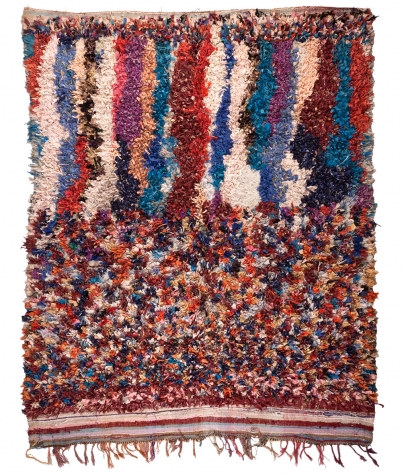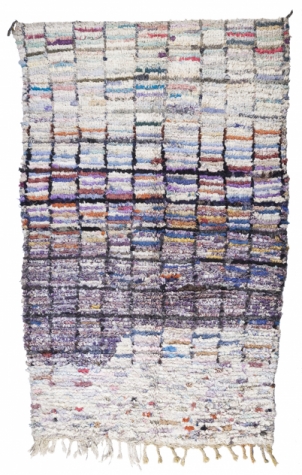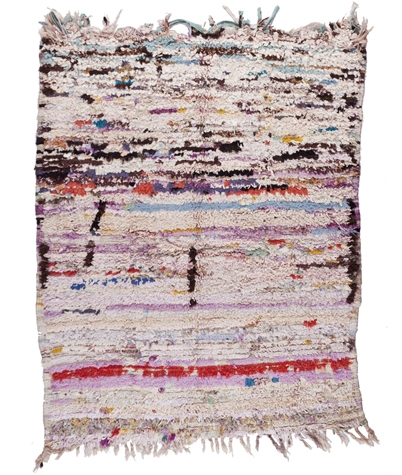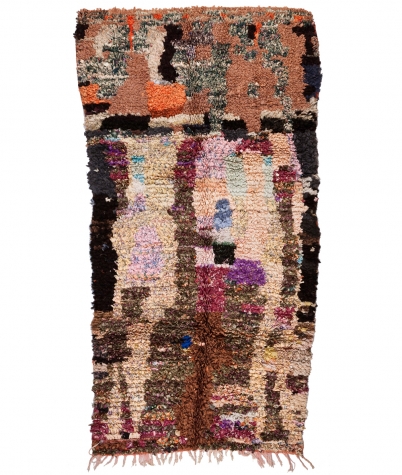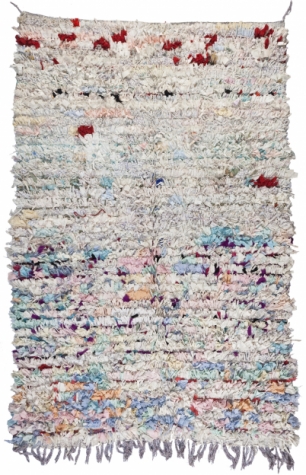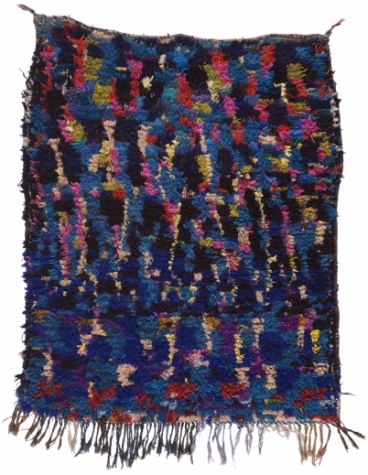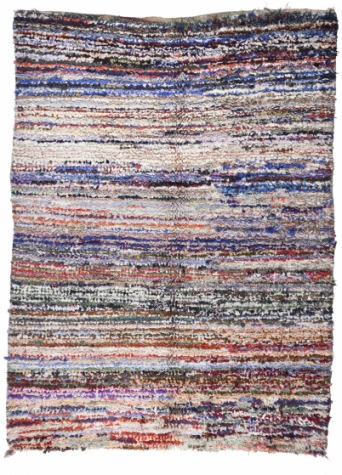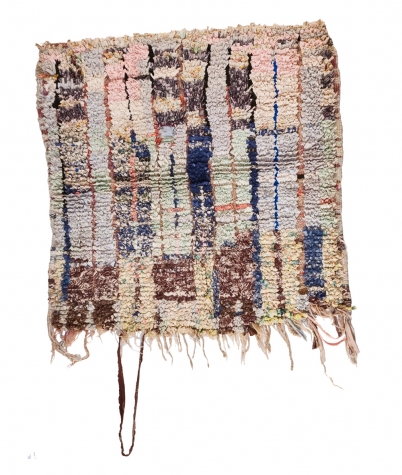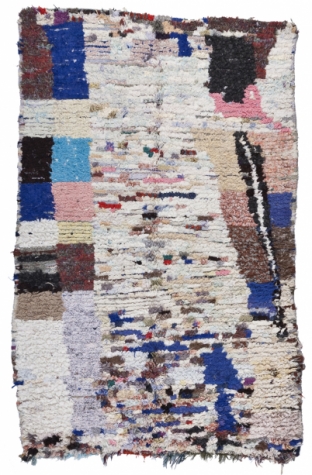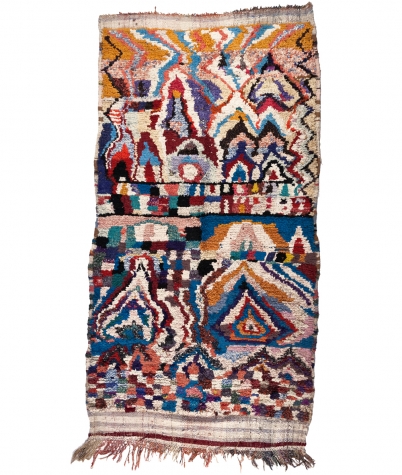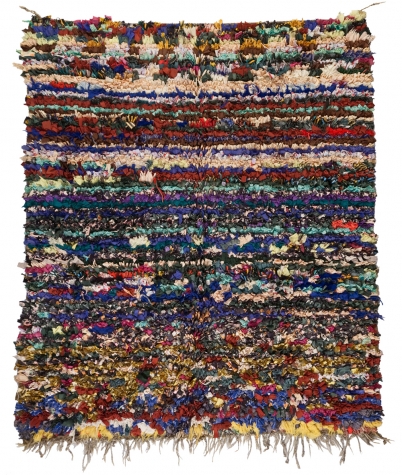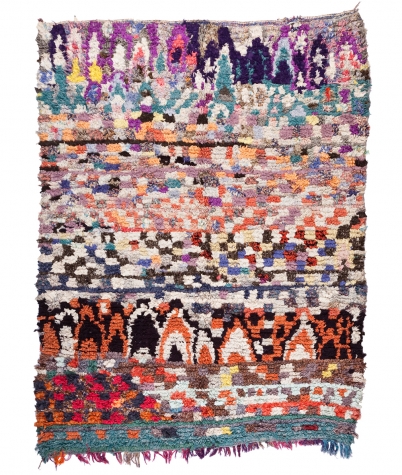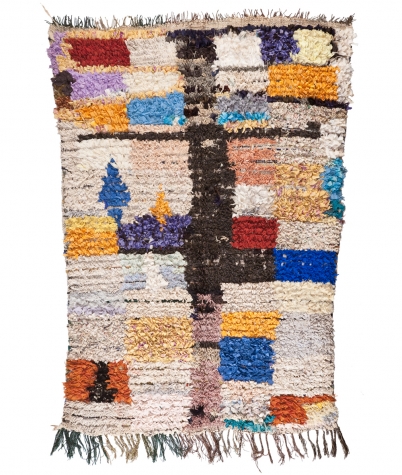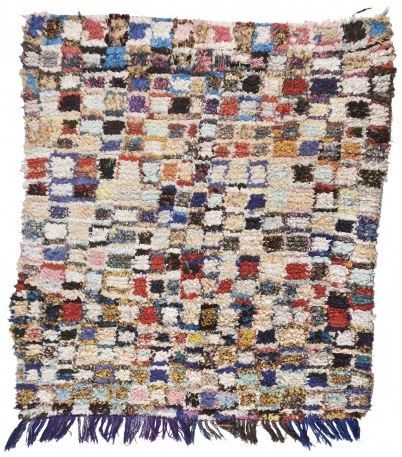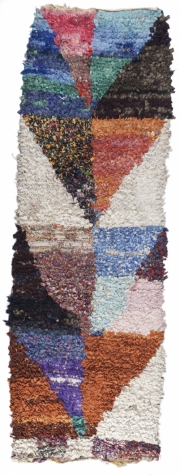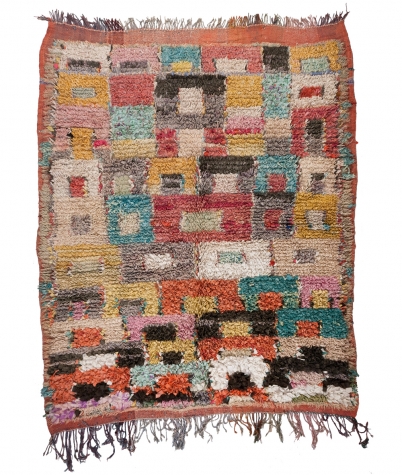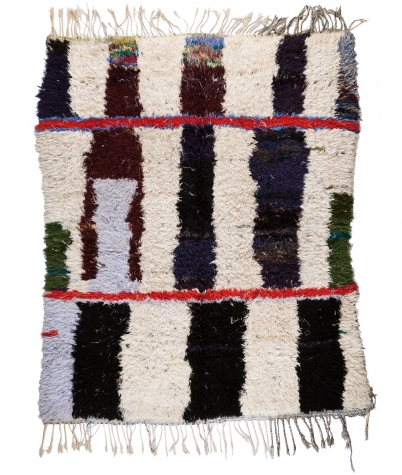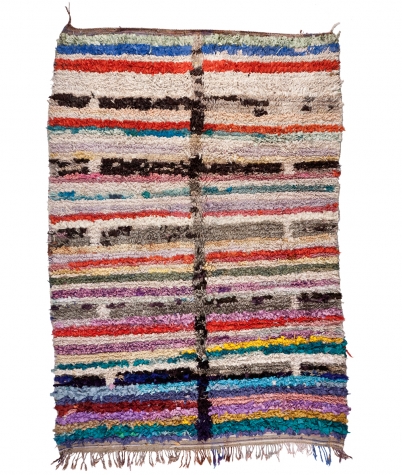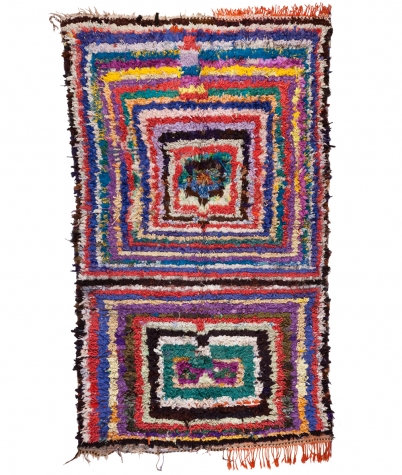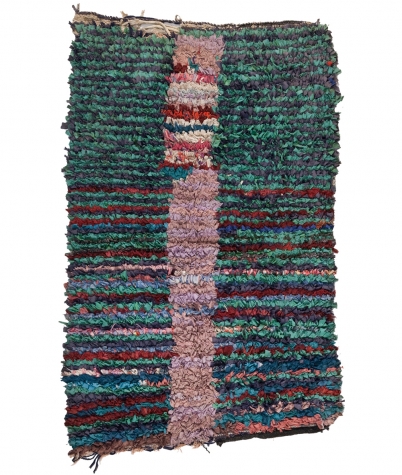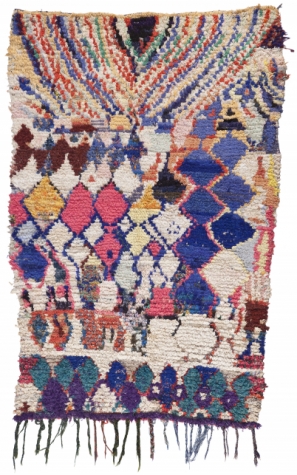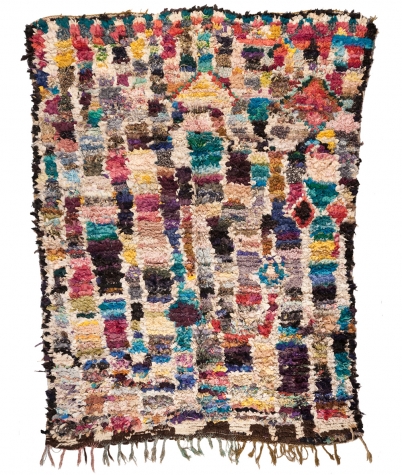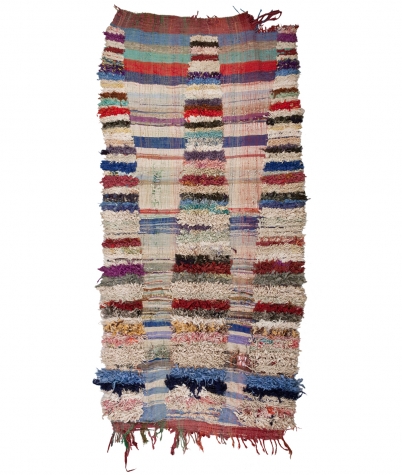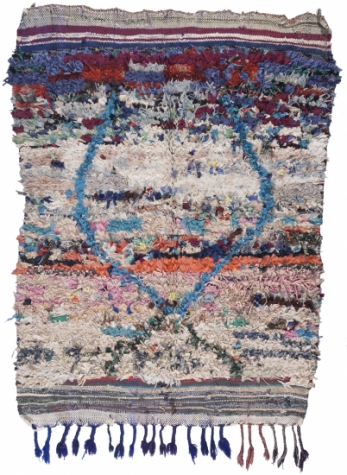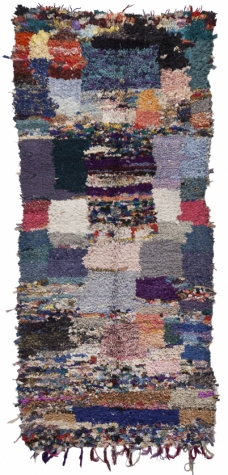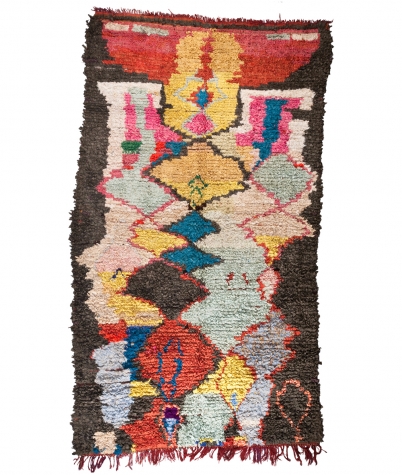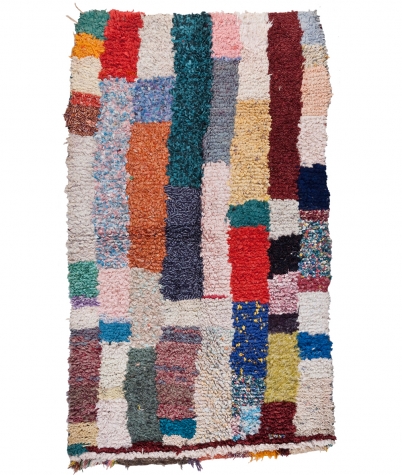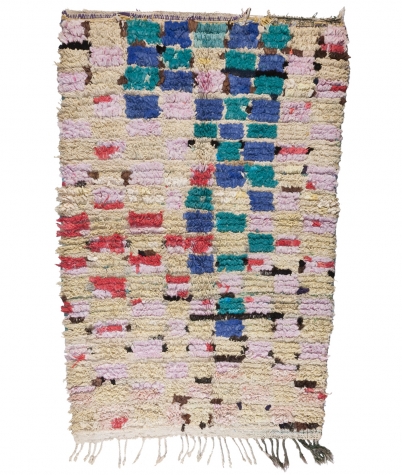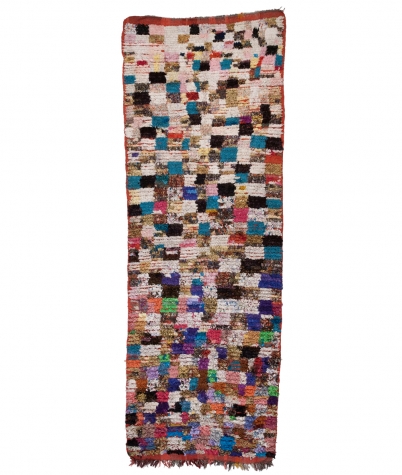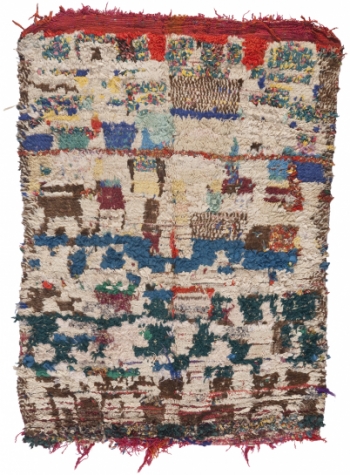- strict warning: Non-static method view::load() should not be called statically in /home/lacollecq/www/sites/all/modules/views/views.module on line 1118.
- strict warning: Declaration of views_handler_field::query() should be compatible with views_handler::query($group_by = false) in /home/lacollecq/www/sites/all/modules/views/handlers/views_handler_field.inc on line 0.
- strict warning: Declaration of content_handler_field::element_type() should be compatible with views_handler_field::element_type($none_supported = false, $default_empty = false, $inline = false) in /home/lacollecq/www/sites/all/modules/cck/includes/views/handlers/content_handler_field.inc on line 0.
- strict warning: Declaration of views_handler_argument::options_validate() should be compatible with views_handler::options_validate($form, &$form_state) in /home/lacollecq/www/sites/all/modules/views/handlers/views_handler_argument.inc on line 0.
- strict warning: Declaration of views_handler_argument::query() should be compatible with views_handler::query($group_by = false) in /home/lacollecq/www/sites/all/modules/views/handlers/views_handler_argument.inc on line 0.
- strict warning: Declaration of views_handler_sort::options_validate() should be compatible with views_handler::options_validate($form, &$form_state) in /home/lacollecq/www/sites/all/modules/views/handlers/views_handler_sort.inc on line 0.
- strict warning: Declaration of views_handler_sort::options_submit() should be compatible with views_handler::options_submit($form, &$form_state) in /home/lacollecq/www/sites/all/modules/views/handlers/views_handler_sort.inc on line 0.
- strict warning: Declaration of views_handler_sort::query() should be compatible with views_handler::query($group_by = false) in /home/lacollecq/www/sites/all/modules/views/handlers/views_handler_sort.inc on line 0.
- strict warning: Declaration of views_handler_filter::options_validate() should be compatible with views_handler::options_validate($form, &$form_state) in /home/lacollecq/www/sites/all/modules/views/handlers/views_handler_filter.inc on line 0.
- strict warning: Declaration of views_handler_filter::query() should be compatible with views_handler::query($group_by = false) in /home/lacollecq/www/sites/all/modules/views/handlers/views_handler_filter.inc on line 0.
- strict warning: Declaration of views_handler_area::query() should be compatible with views_handler::query($group_by = false) in /home/lacollecq/www/sites/all/modules/views/handlers/views_handler_area.inc on line 0.
- strict warning: Declaration of views_handler_area_text::options_submit() should be compatible with views_handler::options_submit($form, &$form_state) in /home/lacollecq/www/sites/all/modules/views/handlers/views_handler_area_text.inc on line 0.
- strict warning: Declaration of views_plugin_query::options_submit() should be compatible with views_plugin::options_submit($form, &$form_state) in /home/lacollecq/www/sites/all/modules/views/plugins/views_plugin_query.inc on line 0.
- strict warning: Declaration of views_plugin_row::options_validate() should be compatible with views_plugin::options_validate(&$form, &$form_state) in /home/lacollecq/www/sites/all/modules/views/plugins/views_plugin_row.inc on line 0.
- strict warning: Non-static method view::load() should not be called statically in /home/lacollecq/www/sites/all/modules/views/views.module on line 1118.
COLLECTIONS
Boucharouite

